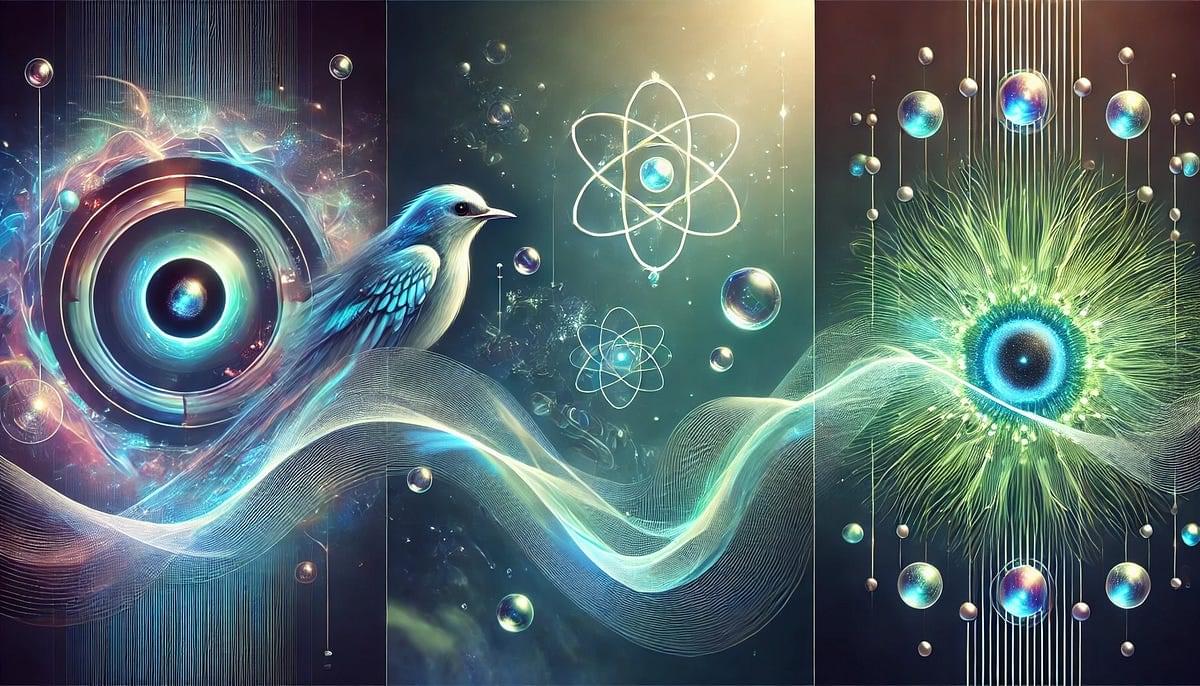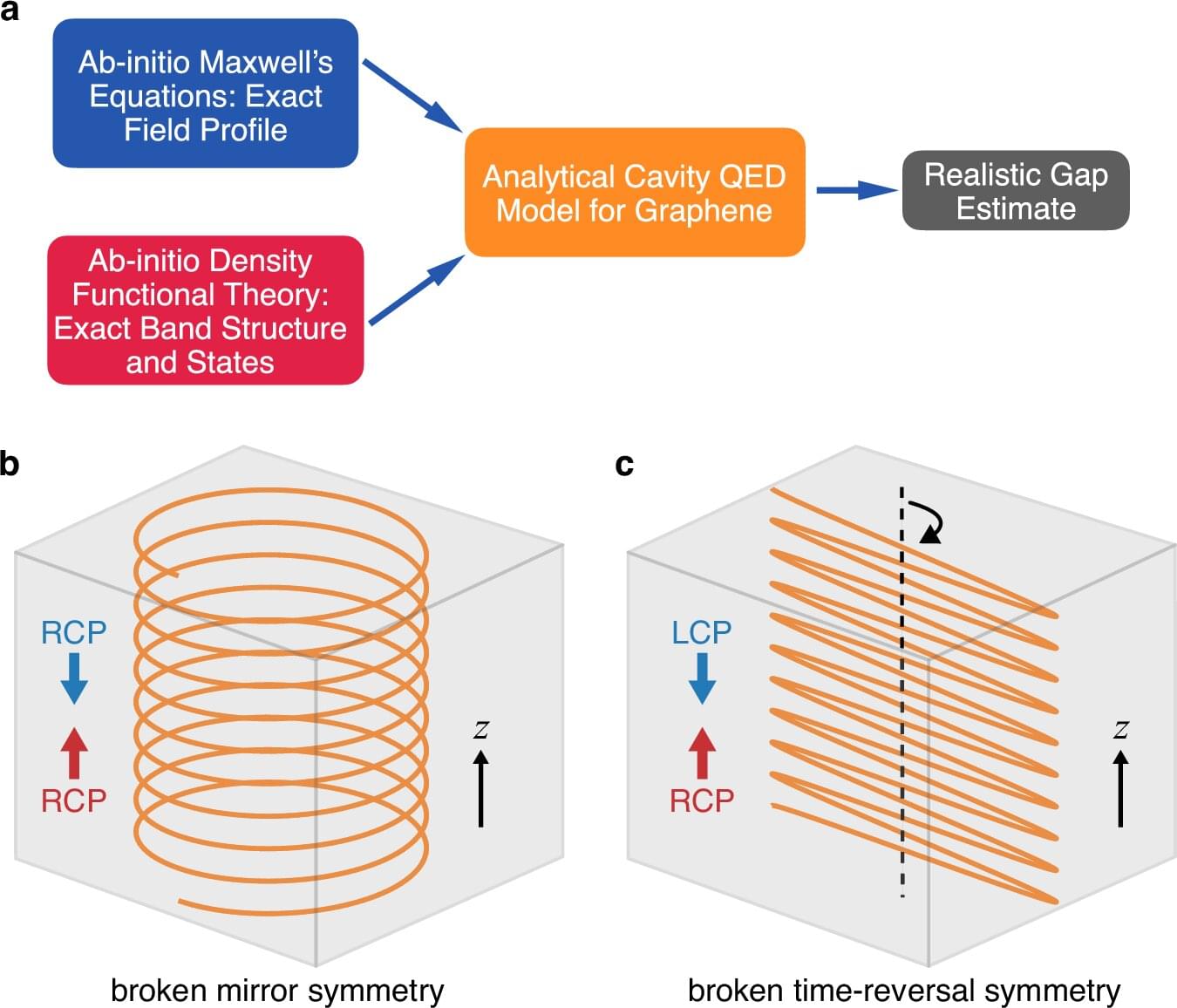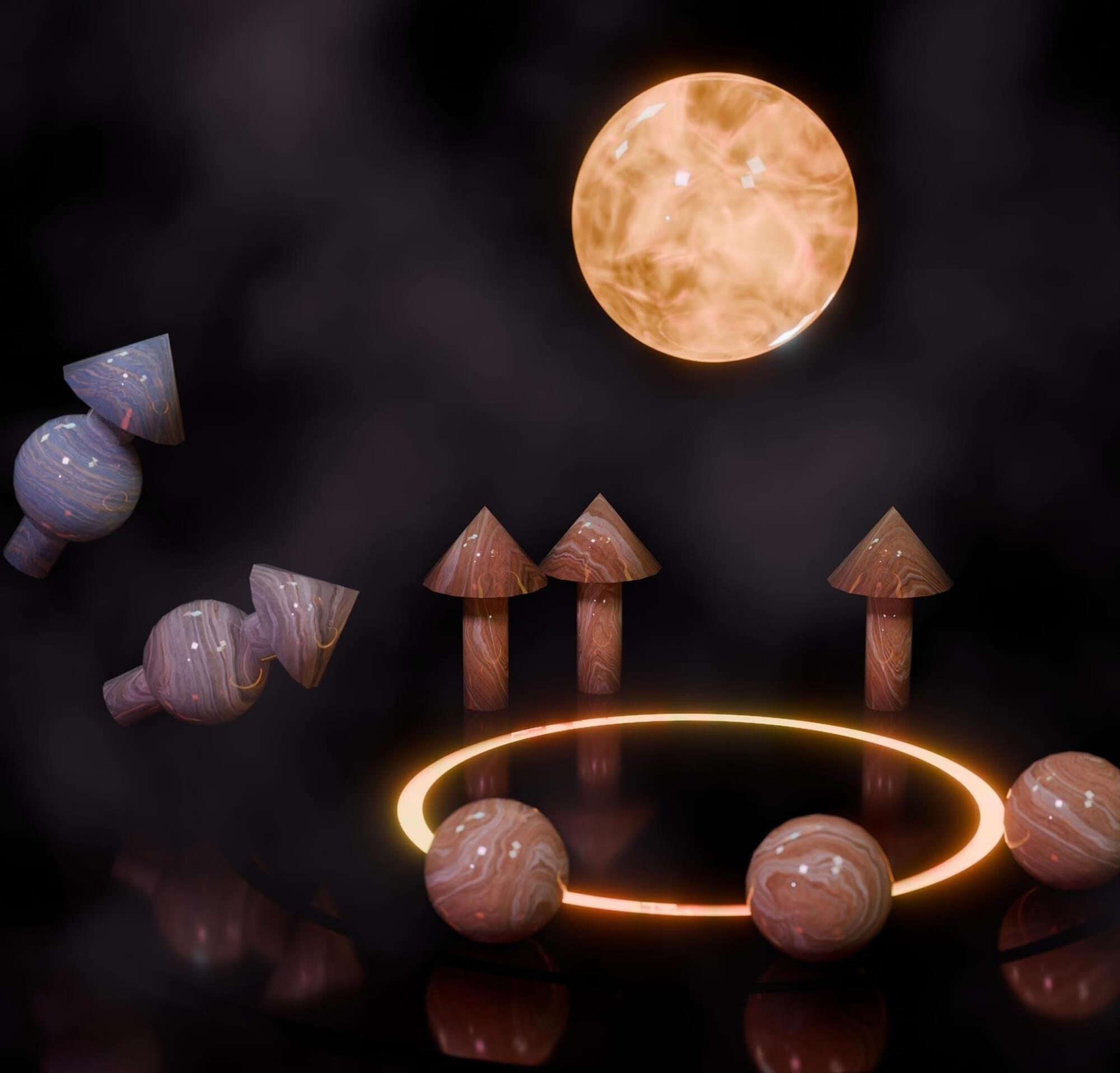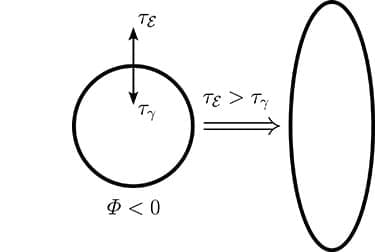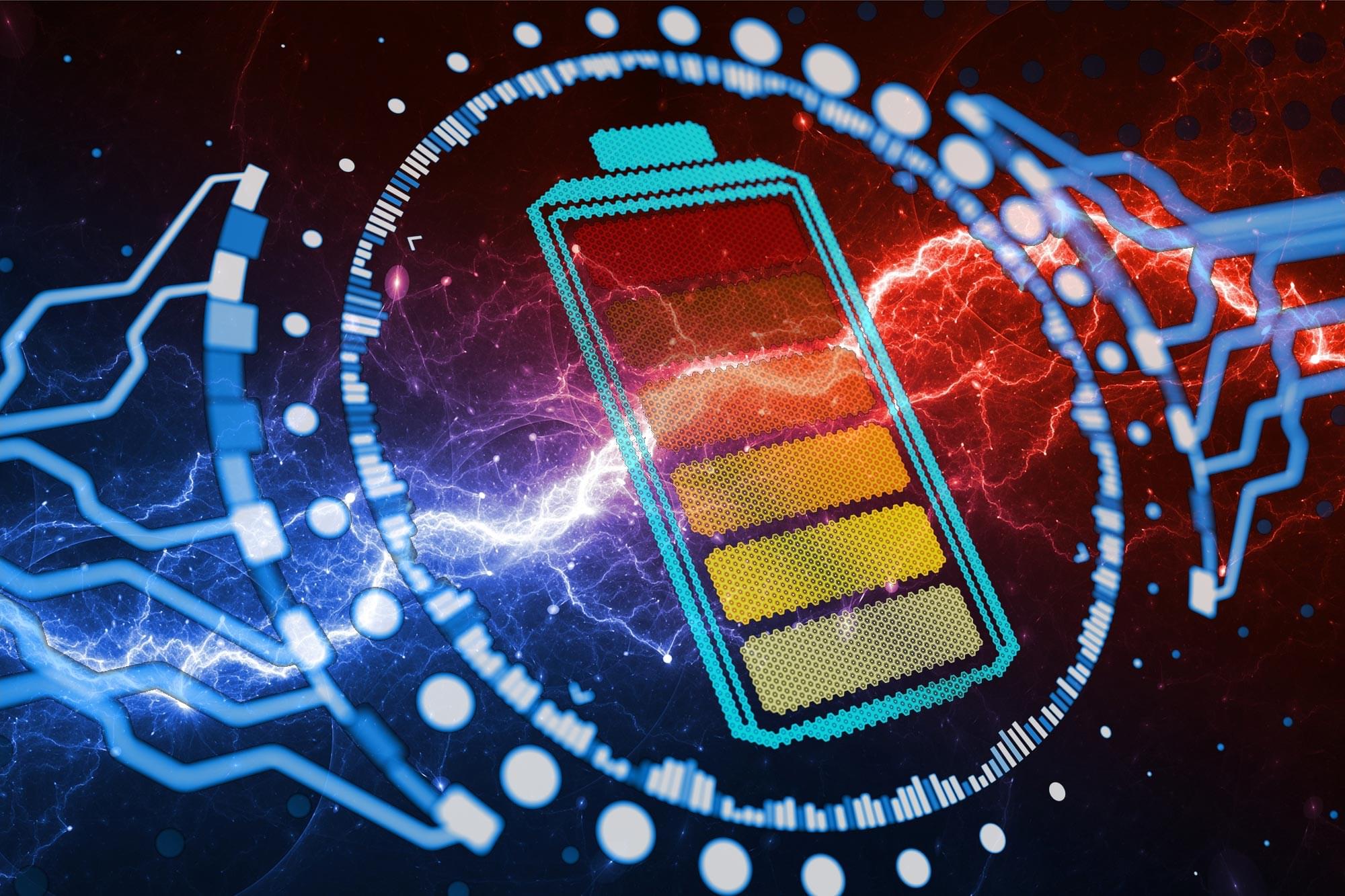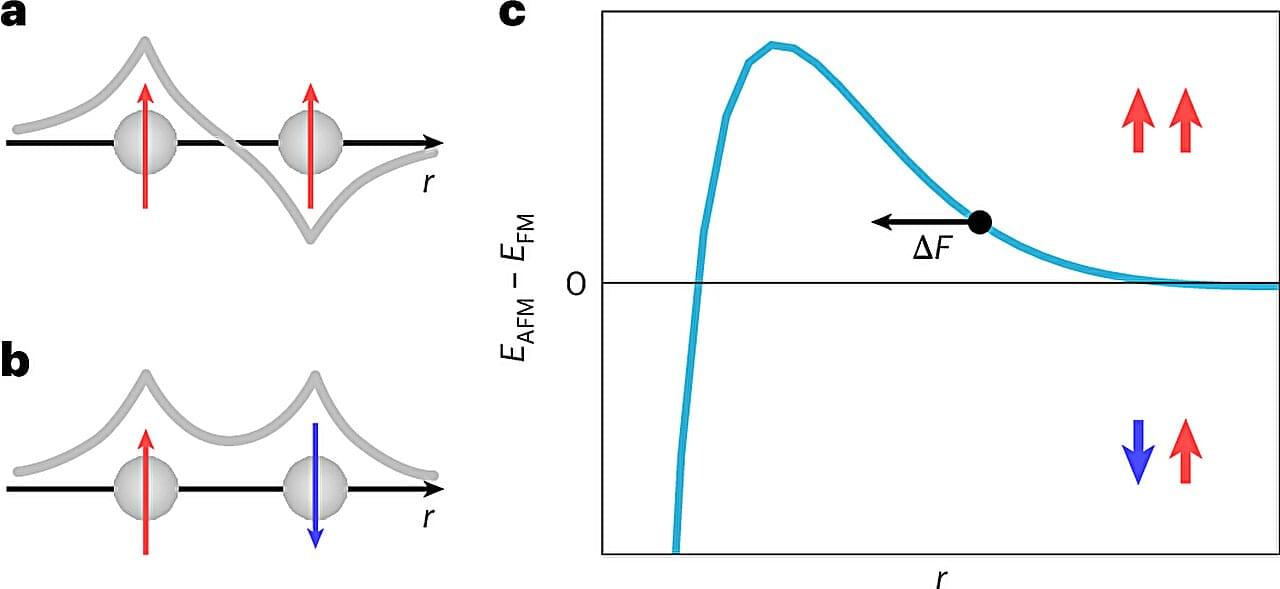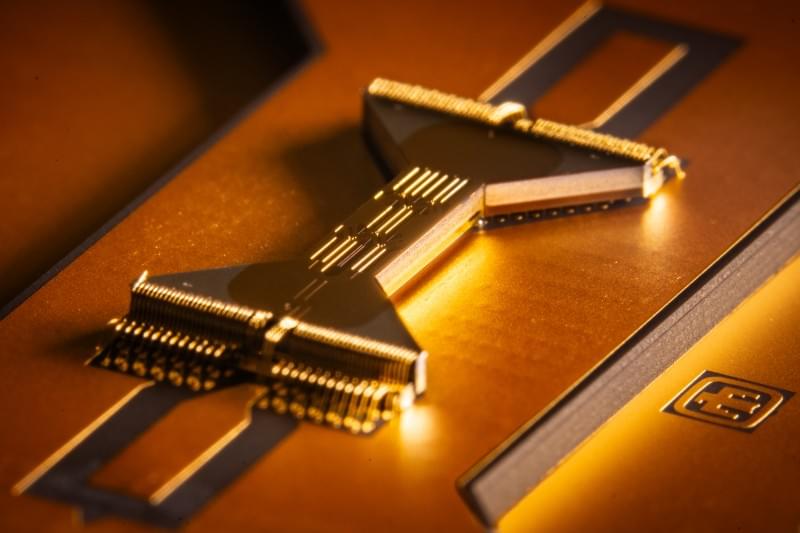UBC researchers are proposing a solution to a key hurdle in quantum networking: a device that can “translate” microwave to optical signals and vice versa.
The technology could serve as a universal translator for quantum computers—enabling them to talk to one another over long distances and converting up to 95% of a signal with virtually no noise. And it all fits on a silicon chip, the same material found in everyday computers.
“It’s like finding a translator that gets nearly every word right, keeps the message intact and adds no background chatter,” says study author Mohammad Khalifa, who conducted the research during his Ph.D. at UBC’s faculty of applied science and the Stewart Blusson Quantum Matter Institute (SBQMI).

